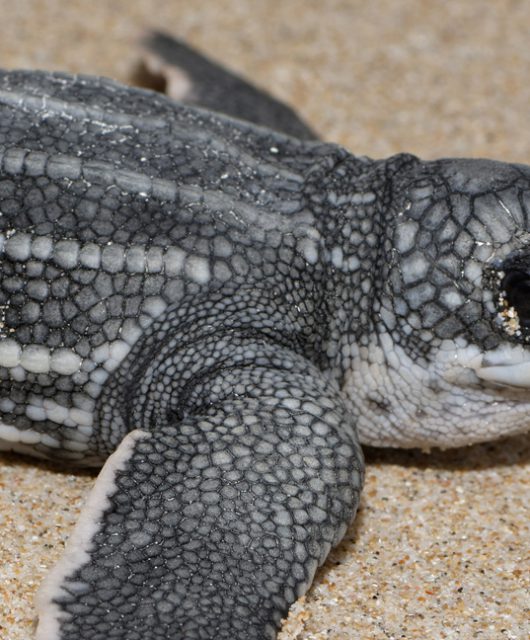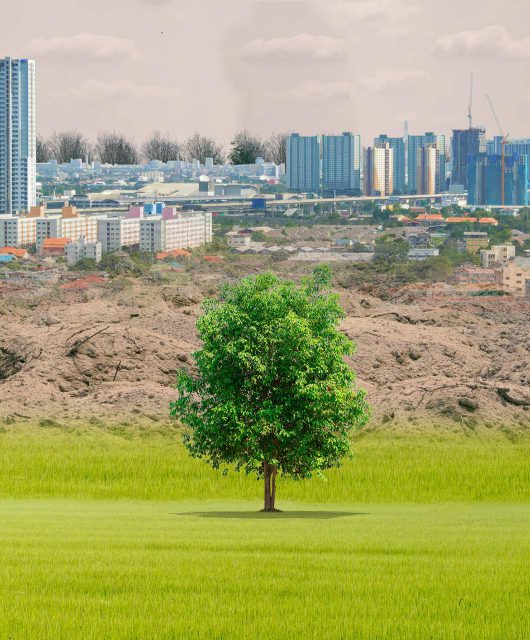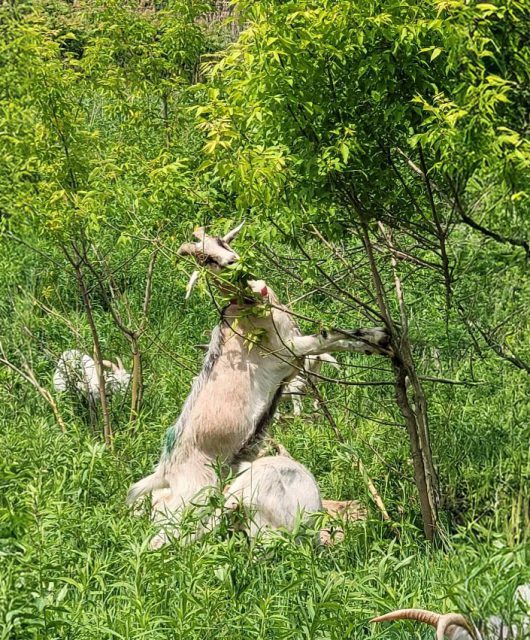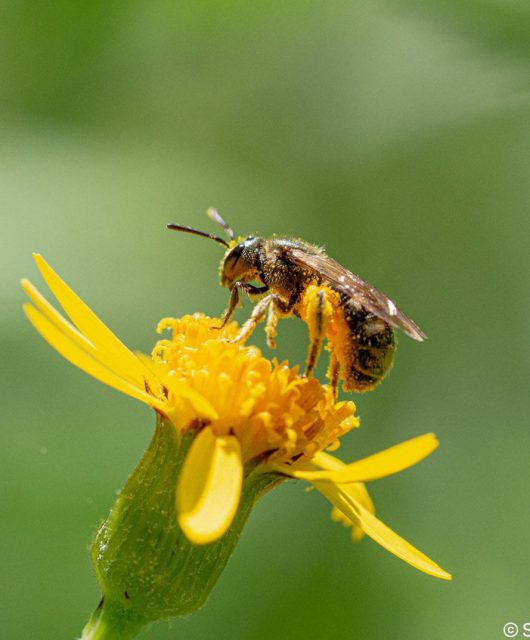The newest winter counts for the winter population of eastern Monarch Butterflies have been released (March 21, 2023).

“In December 2022, Monarchs occupied 2.21 hectares, compared to 2.84 hectares at the same time in 2021, or a 22 percent decrease.”
This number is obviously not good news for the Monarch population. However, it did not dip as low as some predicted (read blog “Will This Year See a Drop? Waiting for the Annual Monarch Butterfly Count”). Estimates were given that the winter population might go as low as one hectare or less. I am happy to say it didn’t dip that low. Also, western Monarch winter counts were on the rise. Needless to say, insect population predictions are a very complex thing.
Canadian Perspective
For the Canadian range, we know we can support between 10 to 17 per cent of the eastern Monarch Butterfly population (Figure 1, Flockhart et al.)
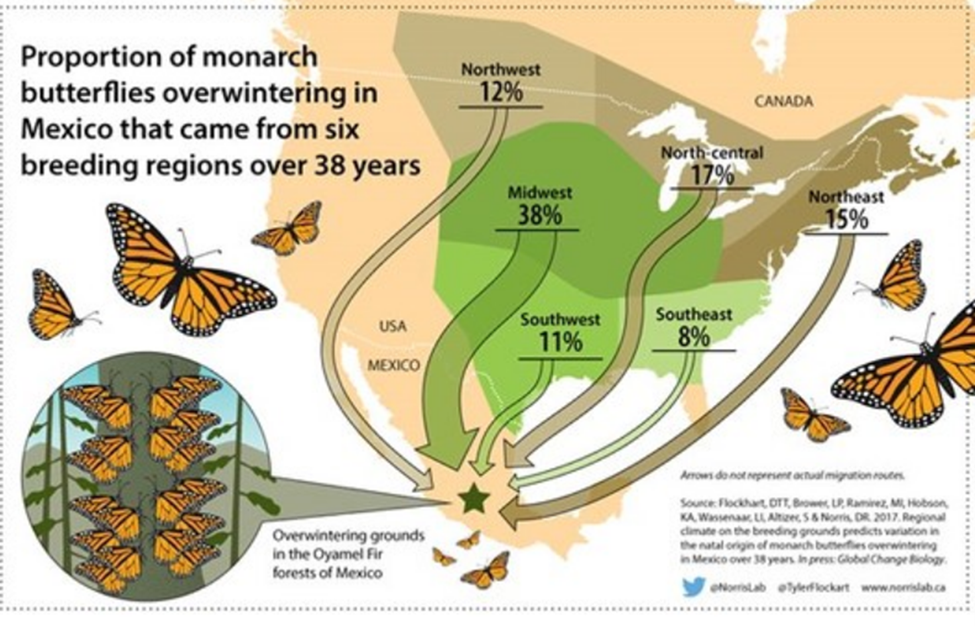
If we focus on the core habitat in Ontario, estimates are around 5.2 per cent (Figure 2). While this might not seem like a lot, it is comparable to the estimates for the state of Texas, which is one of the last states the Monarch travels through on its way to Mexico.
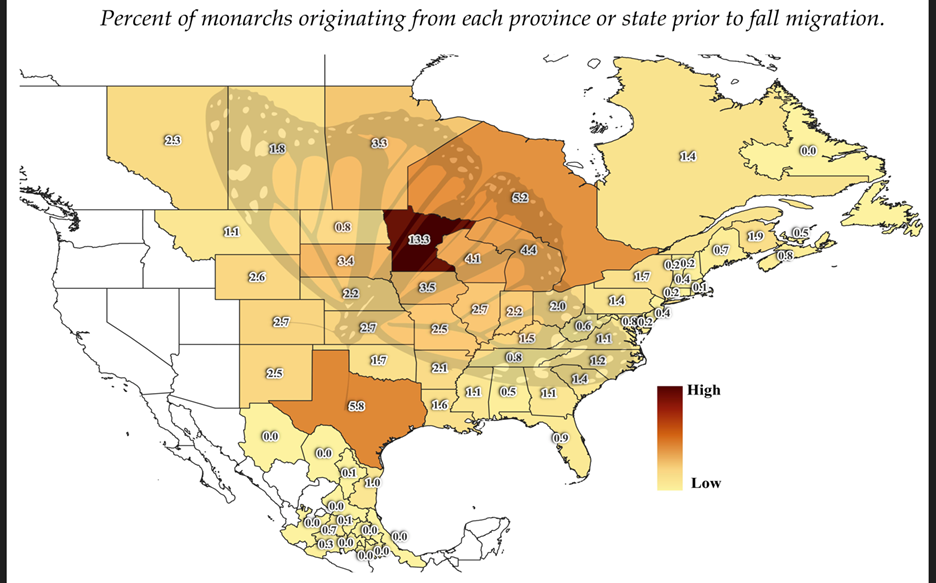
The best way to support Monarchs is to focus on the summer population size. We can support Monarch reproduction by creating more habitat. That means an all-hands-on-deck approach: restoring habitat in our yards, places of work, schools, and churches; along roadsides, utility rights-of-ways, and railroads; and in areas currently used for crops that aren’t very productive like field edges. This habitat supports monarchs and thousands of other species in the same habitats.
This is why the Canadian Wildlife Federation developed our Rights-of Way as Habitat program. It’s an initiative whose goal is to support rights-of-way managers in restoring habitat for pollinators. Also, we aim to restore native meadows provides necessary resources for migrating Monarch Butterflies and helps store carbon in the ground.
From my desk, I remain anxiously awaiting the Monarchs to arrive…

